
Introduction to Inoculating Loops: History and Evolution
In the realm of microbiology, inoculating loops stand as an indispensable tool, bridging past methodologies with modern scientific practices. Their journey from rudimentary instruments to precision tools reflects the evolution of microbiological research itself. This article delves into the history, types, and practical applications of inoculating loops, a vital component in any microbiology laboratory.
Brief History of Inoculating Loops in Microbiology
The story of inoculating loops begins in the late 19th century, a period marked by groundbreaking discoveries in microbiology. Early researchers, striving to cultivate and study microorganisms, fashioned simple loops from wire or other materials available at the time. These primitive tools were pivotal in handling cultures, albeit with limited precision and efficiency.
As the field of microbiology expanded, so did the need for more refined instruments. The transition from these early versions to today’s sophisticated designs mirrors the advancements in material sciences and our understanding of microbial cultures. Modern inoculating loops, crafted from materials like nichrome, platinum, and plastic, offer enhanced precision, durability, sterility, and ease of use, catering to the diverse needs of contemporary microbiological studies.
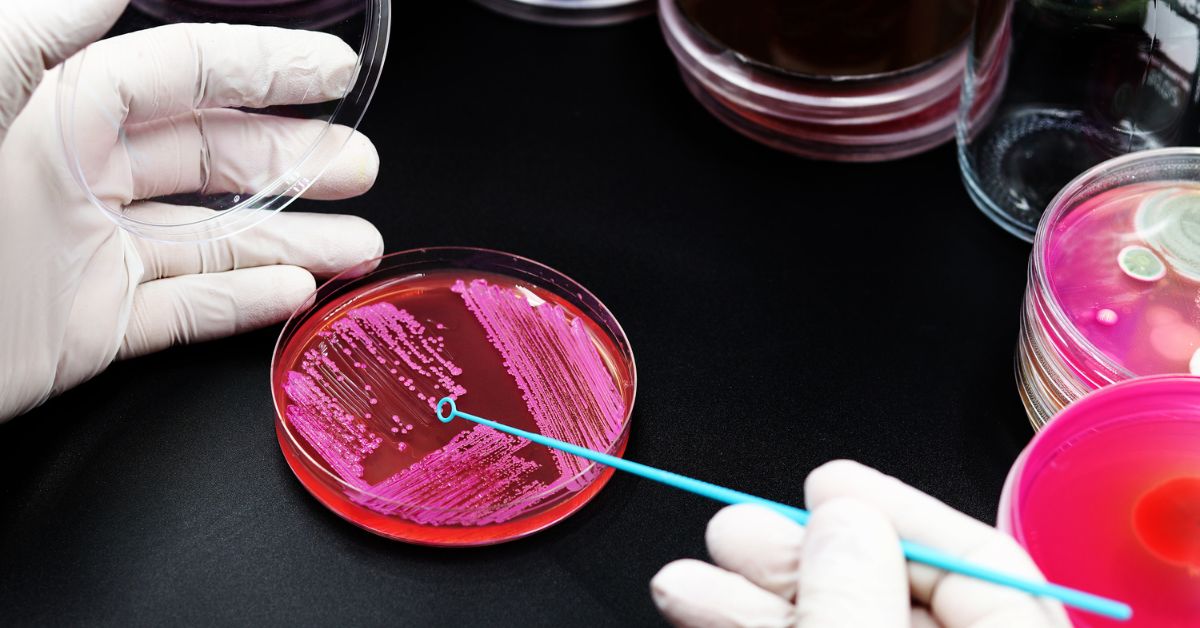
Evolution of Design and Materials Used in Inoculating Loops
The evolution of inoculating loops is a testament to the ever-changing landscape of microbiological tools. Initially, metal wires were bent into loops and manually sterilized via flaming. This method, while effective, had its limitations in terms of precision, durability and consistent quality.
The introduction of nichrome, a nickel-chromium alloy, marked a significant advancement. Renowned for its high melting point and resistance to corrosion, nichrome became a preferred material for reusable loops. Its ability to withstand repeated sterilization by flaming made it a mainstay in many labs.
However, the quest for improved sterility and convenience led to the development of disposable plastic loops. These loops, always pre-sterilized, offered a solution to contamination risks associated with reusable loops. Their one-time use nature also eliminated the need for time-consuming sterilization processes, thus increasing efficiency in fast-paced laboratory environments. Moreover, plastic loops are produced by injection molding, which is the most accurate technology in plastic production. Thus, plastic loops, if produced on accurate injection molding machine in a high quality mold, are very precise. If purchased from a reliable producer, plastic loops offer accurate dose of 1 or 10 microliter (µl)
Today, the choice between nichrome, platinum, and plastic loops largely depends on the specific needs of a microbiological task. Platinum loops, though more expensive, provide exceptional durability and heat resistance, making them a valuable investment for labs performing high-precision work. On the other hand, disposable plastic loops are increasingly popular in settings where rapid turnover and convenience are prioritized.
Best Practices for Ensuring Loop Sterility
Ensuring the sterility of inoculating loops is paramount in microbiological work. For more detailed insights into the variety and usage of these tools, refer to Inoculating loops & needles. This resource provides a comprehensive overview of different types of loops and needles, aiding in the selection of the appropriate tool for specific laboratory applications.
Accuracy and Precision in Sample Transfer with Inoculating Loops
Accurate and precise sample transfer is crucial in microbiology. Inoculating loops, when used correctly, provide a high degree of control over the amount and placement of microbial samples. For example, in techniques like streaking for isolation, the loop’s ability to gently and precisely deposit microbes is essential. However, it’s vital to avoid common mistakes, such as improper sterilization or incorrect handling, which can lead to sample contamination or inaccurate results. Addressing these concerns is not only essential for sample handling but also for broader lab safety, including minimizing air contamination. For a deeper understanding of this aspect, the article Preventing Air Contamination During Inoculating Loop Use offers valuable information.
Inoculating Loops in Different Microbiological Techniques
Inoculating loops play a versatile role in various microbiological techniques. Whether it’s streaking for isolation or inoculating broths, their importance cannot be overstated. In each application, the precision and safety of the loop directly impact the experiment’s success. It’s also essential to consider the ancillary equipment used in these processes. A helpful resource in this regard is the Guide to Centrifuge Tubes, which provides essential information on selecting the right centrifuge tubes, a critical component in many laboratory procedures involving inoculating loops.
Innovation and Future Trends in Inoculating Loop Design
The field of microbiology is continually evolving, and with it, the tools of the trade are also advancing. Innovation in inoculating loop design is driven by the need for greater precision, efficiency, and safety in microbial culturing.
Emerging Technologies and Designs
- Recent advancements have introduced loops with more ergonomic designs, reducing hand fatigue during repetitive tasks. For example, Miniplast Quadloops are a patented product due to their quadruple profile, that enables the user to use the same loop, 4 different times. After each stroke, the end user turns the loop 90° with the fingers to get a new surface of the loops ball end. If you are curious to hear more about our cost effective and ergonomic loops, please refer to our product page: Miniplast Inoculating Loops
- Another recent advancement, is the individually packed loop. Miniplast offers all types of loops that are packed each one in a sealed plastic pouch. These sterilized loops can be used one by one, as opposed to a pouch of 10 or 20 loops, where the researcher opens the pouch to use 2 or 3 loops but has the risk that all the other loops would be contaminated. Our individually loops save mony to the laboratory and ensure that each loop used is absolutely sterile.
- Smart inoculating loops, equipped with sensors, are being developed to provide real-time data on parameters like temperature and sterility, enhancing the accuracy and reliability of microbiological procedures.
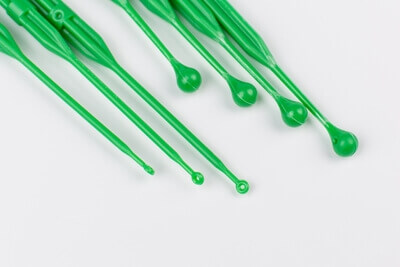
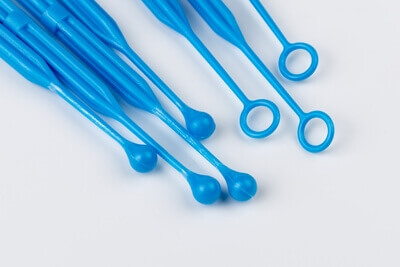
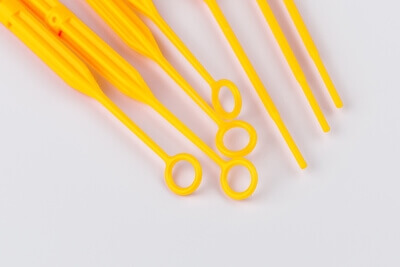

Future Prospects and Potential Impact
- Anticipated future trends include the development of more sustainable, biodegradable materials for disposable loops, addressing environmental concerns.
- The integration of AI and automation in loop design is on the horizon, potentially revolutionizing sample handling and streaking techniques.
Maintaining Safety and Efficiency with Inoculating Loops
Safety Considerations When Using Inoculating Loops
- Proper handling and sterilization of inoculating loops are crucial to ensure laboratory safety.
- Users must be aware of the risks associated with improper sterilization, such as cross-contamination and erroneous results. Adhering to recommended sterilization techniques, as discussed earlier, and staying informed about safety practices is essential.
Tips for Efficient and Effective Loop Maintenance
- Regular inspection of reusable loops for any signs of wear or damage is crucial.
- For labs using disposable loops, implementing a proper disposal and recycling strategy is key to maintaining an efficient and environmentally responsible workspace.
- For labs using disposable loops: before opening the pouch that contains the lopos, make sure that the pouch is 100% closed so that the loops are kept sterile and there is no risk of contamination,
Conclusion: The Indispensable Tool in Microbiology Labs
Inoculating loops, with their rich history and continuous innovation, remain an indispensable tool in microbiology labs. From their humble beginnings to their current sophisticated forms, these tools have significantly contributed to advances in microbiological research and diagnostics.
In conclusion, understanding and utilizing inoculating loops effectively is crucial for any microbiological work. By embracing best practices, staying abreast of new technologies, and continually striving for precision and safety, laboratory professionals can ensure that these essential tools contribute to the groundbreaking discoveries and advancements in the field of microbiology.

 10ml measuring Cup
10ml measuring Cup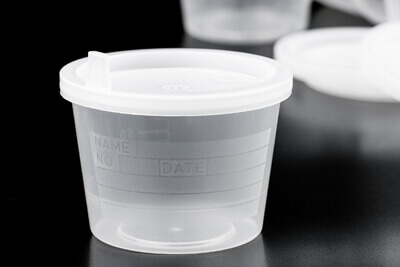 100 ml scaled Specimen Cup
100 ml scaled Specimen Cup 200 ml Sterile Specimen Cup
200 ml Sterile Specimen Cup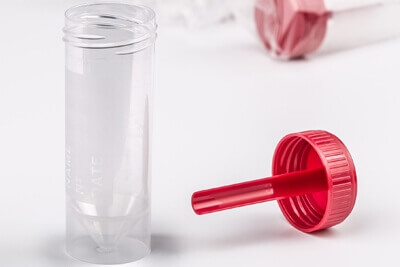 30 ml Specimen cup
30 ml Specimen cup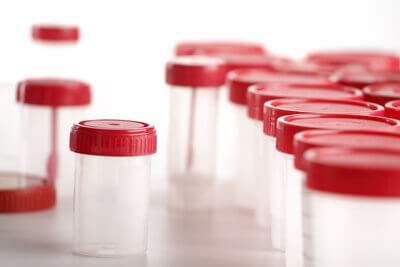 60 ml Specimen cup
60 ml Specimen cup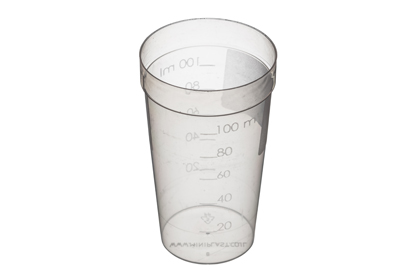 Polypropylene Titration cup 100ml
Polypropylene Titration cup 100ml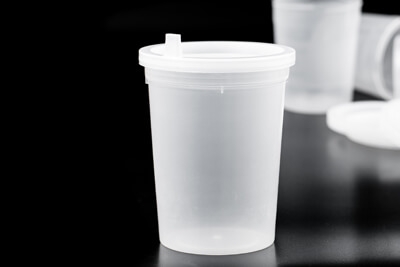 200 ml Specimen cup
200 ml Specimen cup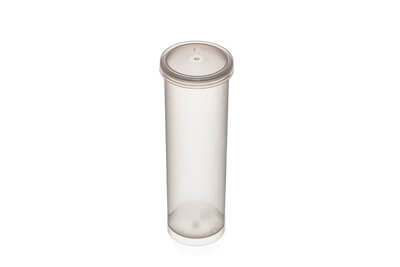 Milk test tubes
Milk test tubes 24 hour Urine Collection Containers
24 hour Urine Collection Containers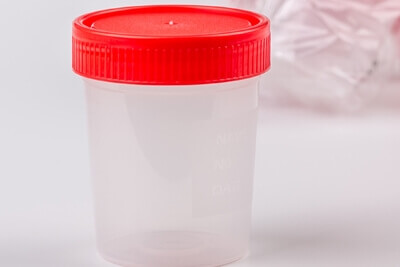 Urine Specimen Cups
Urine Specimen Cups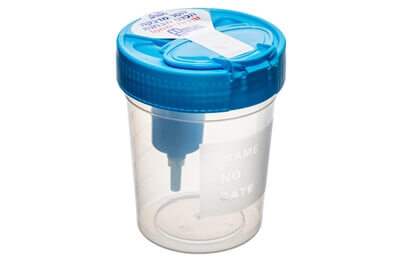 Urine Collection Cup + Cap with Two Openings
Urine Collection Cup + Cap with Two Openings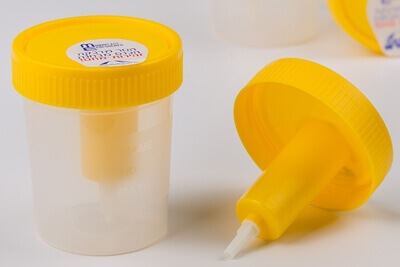 Urine Collection Container - Vacutainer
Urine Collection Container - Vacutainer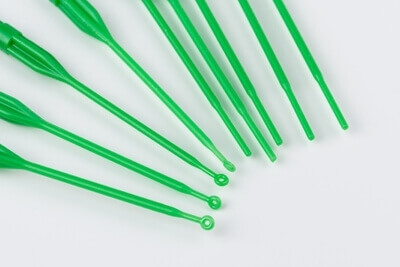 QuadLoop 1 uL & Needle end
QuadLoop 1 uL & Needle end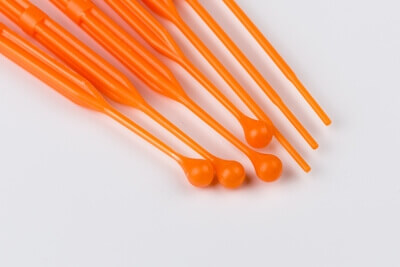 QuadLoop Needle & Sphere end
QuadLoop Needle & Sphere end Sterile Cell spreaders, Drigalski spatulas
Sterile Cell spreaders, Drigalski spatulas 15 ml Centrifuge Tubes
15 ml Centrifuge Tubes 30 ml Transparent PS Tubes
30 ml Transparent PS Tubes 50 ml Centrifuge Tubes
50 ml Centrifuge Tubes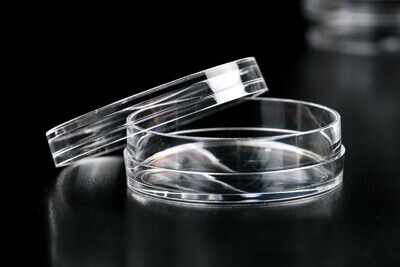 Petri dishes 50 mm (55x14.2)
Petri dishes 50 mm (55x14.2) Petri dishes PS 90 mm diameter (90X15)
Petri dishes PS 90 mm diameter (90X15)





